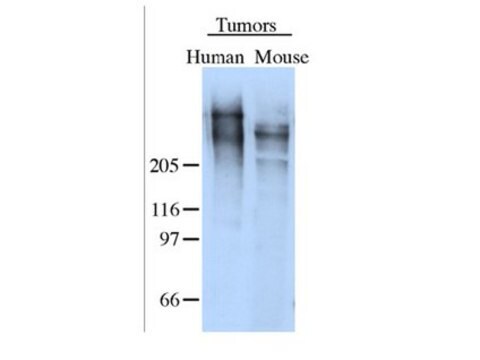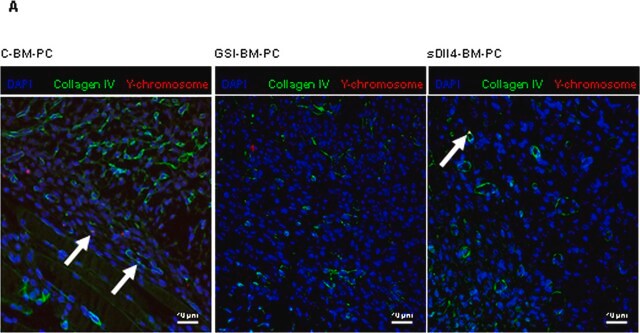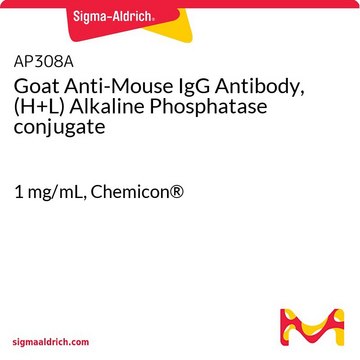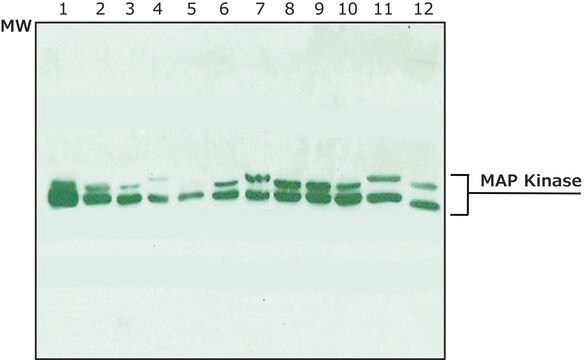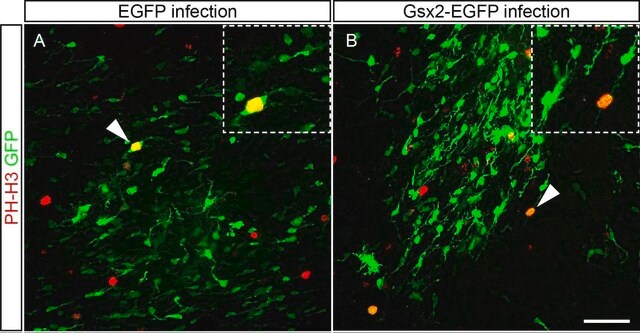AB19013
Anti-Tenascin Antibody
Chemicon®, from rabbit
Sinônimo(s):
Anti-150-225, Anti-DFNA56, Anti-GMEM, Anti-GP, Anti-HXB, Anti-JI, Anti-TN, Anti-TN-C
About This Item
Produtos recomendados
fonte biológica
rabbit
Nível de qualidade
forma do anticorpo
affinity isolated antibody
tipo de produto de anticorpo
primary antibodies
clone
polyclonal
purificado por
affinity chromatography
reatividade de espécies
chicken, human
fabricante/nome comercial
Chemicon®
técnica(s)
immunohistochemistry (formalin-fixed, paraffin-embedded sections): suitable
nº de adesão NCBI
nº de adesão UniProt
Condições de expedição
dry ice
modificação pós-traducional do alvo
unmodified
Informações sobre genes
human ... TNC(3371)
Especificidade
Imunogênio
Aplicação
Western blot: Antibody recognizes a 220-240kDa band in reduced westerns; antibody reacts best with chicken, followed by human (100X less reactive). Mouse reactivity under reduced conditions is poor.
Immunohistochemistry: frozen and paraffin embedded tissues; citrate treatment useful for paraffin tissues.
Optimal working dilutions must be determined by the end user.
Cell Structure
ECM Proteins
Ligação
forma física
Armazenamento e estabilidade
Nota de análise
Embryonic chicken brain
Outras notas
Informações legais
Exoneração de responsabilidade
Não está encontrando o produto certo?
Experimente o nosso Ferramenta de seleção de produtos.
Código de classe de armazenamento
12 - Non Combustible Liquids
Classe de risco de água (WGK)
WGK 2
Ponto de fulgor (°F)
Not applicable
Ponto de fulgor (°C)
Not applicable
Certificados de análise (COA)
Busque Certificados de análise (COA) digitando o Número do Lote do produto. Os números de lote e remessa podem ser encontrados no rótulo de um produto após a palavra “Lot” ou “Batch”.
Já possui este produto?
Encontre a documentação dos produtos que você adquiriu recentemente na biblioteca de documentos.
Nossa equipe de cientistas tem experiência em todas as áreas de pesquisa, incluindo Life Sciences, ciência de materiais, síntese química, cromatografia, química analítica e muitas outras.
Entre em contato com a assistência técnica